Jump to:
Issues and challenges of sustainable hydropower development in the Indian-Himalayan region
Sanchit Saran Agarwal, Mitthan Lal Kansal and David E. Rheinheimer
Indian Institute of Technology Roorkee, India
Gaining public rejection: lessons for sustainable hydropower development from Myanmar’s Myitsone Dam
Tira Foran, Zhu Xianghui, David Fullbrook and Sue Cuddy (presenter)
CSIRO, Australia
Spatial distribution of fish diversity in River Narmada and its tributaries
Parul Gurjar and Vipin Vyas
Barkatullah University, India
Flow alteration signatures of diversion hydropower: An analysis of 32 rivers in southwestern China
Kelly Kibler and Mohammadhossein Alipour
University of Central Florida, United States
Hydropower, Environment and Environmental Flows
Arun Kumar
Indian Institute of Technology Roorkee, India
Impact of Hydropower Projects and of the 1960s Indus Water Treaty on the Fish Fauna found in the Indus and Jhelum River Basins common to India and Pakistan
Muhammad Rafique, Vaqar Zakaria and Cate Brown
Pakistan Museum of Natural History, Pakistan
Water-energy-food nexus lessons from small hydropower in Bhilangana Sub-basin, Tehri Garhwal, Uttarakhand, India
Debashish Sen and Neha Khandekar
People’s Science Institute, India









